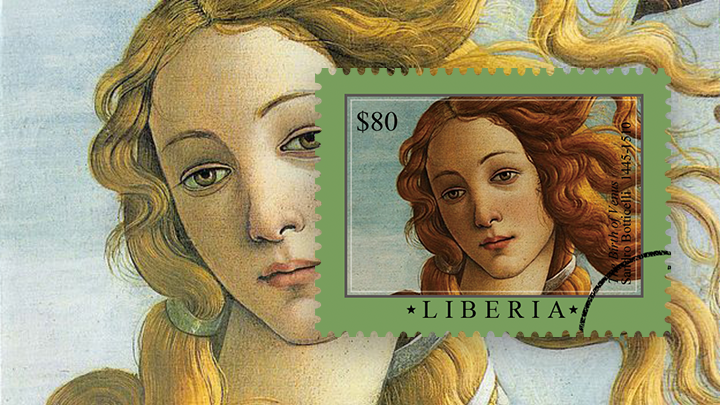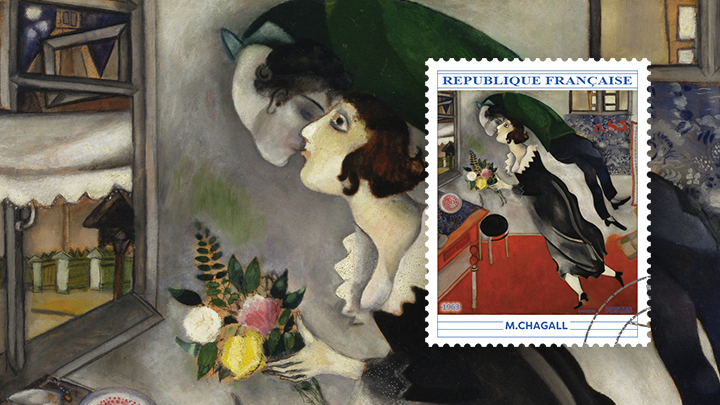What does "The Birth of Venus" try to tell us? Why is Venus standing on a shell?
"The Birth of Venus," painted by Sandro Botticelli in the mid-1480s, is a celebrated masterpiece of the Italian Renaissance. The painting portrays the goddess Venus emerging from the sea on a shell, having been born fully grown.
The primary themes and messages of the painting include:
1. Beauty and Love: Venus, the goddess of love and beauty, represents the ideal of physical beauty. Her serene and graceful depiction emphasizes the Renaissance ideal of perfect, divine beauty.
2. Humanism: The painting reflects the Renaissance humanist interest in classical mythology and the human form. Botticelli's work shows a deep appreciation for ancient Greek and Roman culture, reviving their stories and aesthetics.
3. Spiritual and Sensual: Venus embodies both spiritual and sensual love. The painting suggests a harmony between earthly and divine love, a common theme in Renaissance art and philosophy.
4. Renewal and Birth: The scene of Venus emerging from the sea can symbolize birth and renewal. It can be seen as an allegory of the rebirth of civilization and the arts during the Renaissance period.\
5. Nature and Harmony: The surrounding figures and natural elements, such as the Zephyrs (wind gods) and the flora, highlight a harmonious connection between humans and nature, a concept cherished during the Renaissance.
Overall, "The Birth of Venus" conveys a rich tapestry of themes that celebrate beauty, love, mythology, and the humanistic values of the Renaissance.
Why is Venus standing on a shell?
Venus standing on a shell in "The Birth of Venus" is a visual reference to her mythological origin. According to ancient Greek mythology, Venus (Aphrodite in Greek) was born from the sea foam. The Roman poet Hesiod described her birth in his work "Theogony," where he detailed how she emerged from the ocean fully formed.
The shell symbolizes her birth and transportation to the shore, where she steps onto land for the first time. In classical mythology, the shell is often depicted as a scallop shell, which became an iconic symbol of Venus.
This imagery has several layers of meaning:
1. Mythological Accuracy: The shell directly ties the painting to the myth of Venus's birth, making the scene instantly recognizable to those familiar with classical myths.
2. Symbol of Femininity: The shell, with its gentle curves and smooth interior, is often associated with femininity and fertility, enhancing Venus's representation as the goddess of love, beauty, and fertility.
3. Aesthetic Composition: The shell provides a natural and harmonious element within the composition, aligning with the Renaissance fascination with nature and beauty. Its elegant shape complements the flowing lines and delicate features of Venus, creating a balanced and aesthetically pleasing image.
4. Allegorical Significance: The shell can also be seen as a metaphor for the birth and emergence of beauty and purity from the depths of chaos (the sea), symbolizing the triumph of beauty and love over the more chaotic and destructive forces of nature.
In "The Birth of Venus," Botticelli's use of the shell effectively combines these symbolic and aesthetic elements to create a powerful and enduring image of the goddess's divine and mythological origins.





